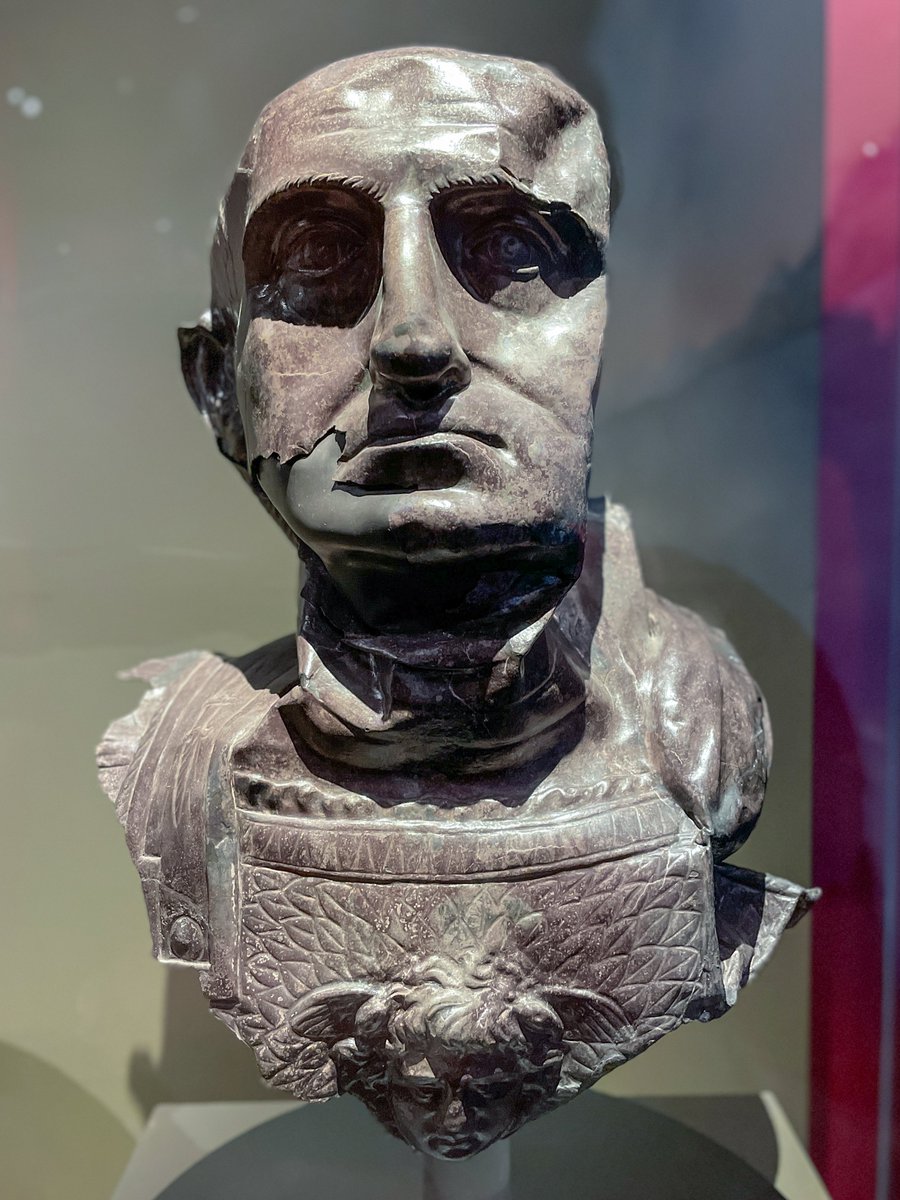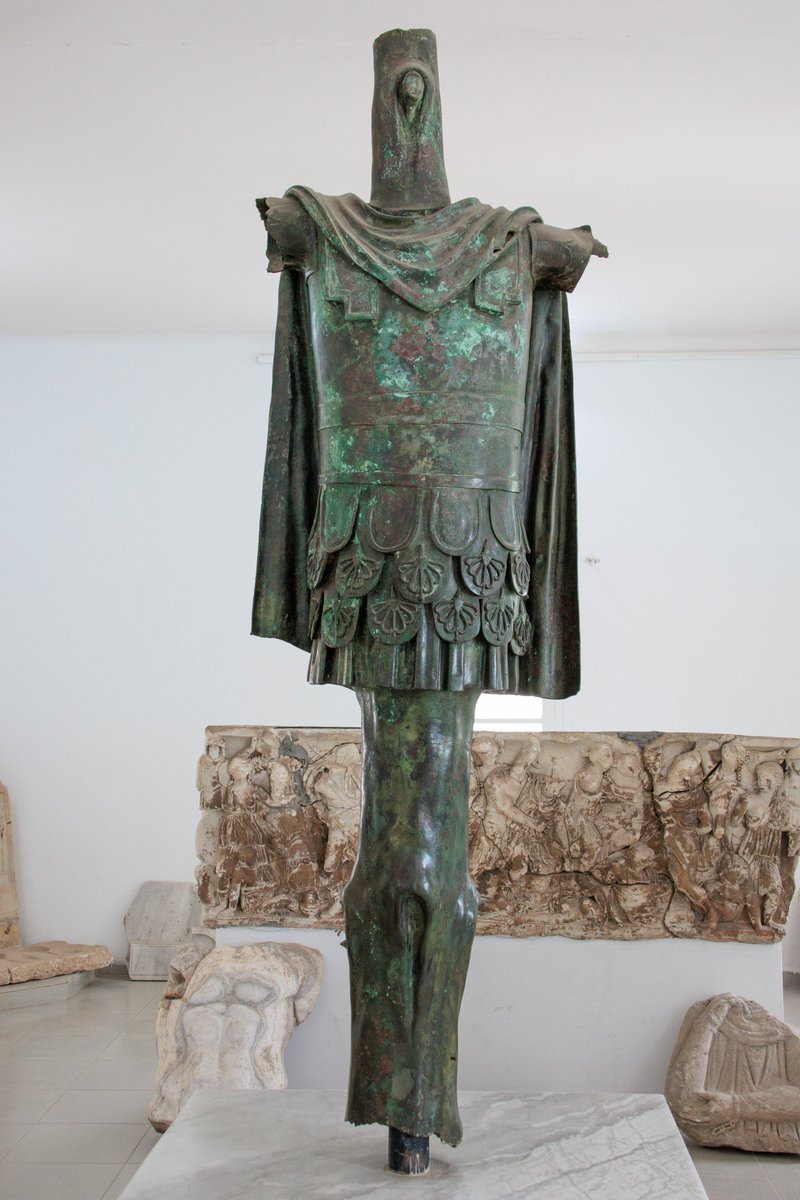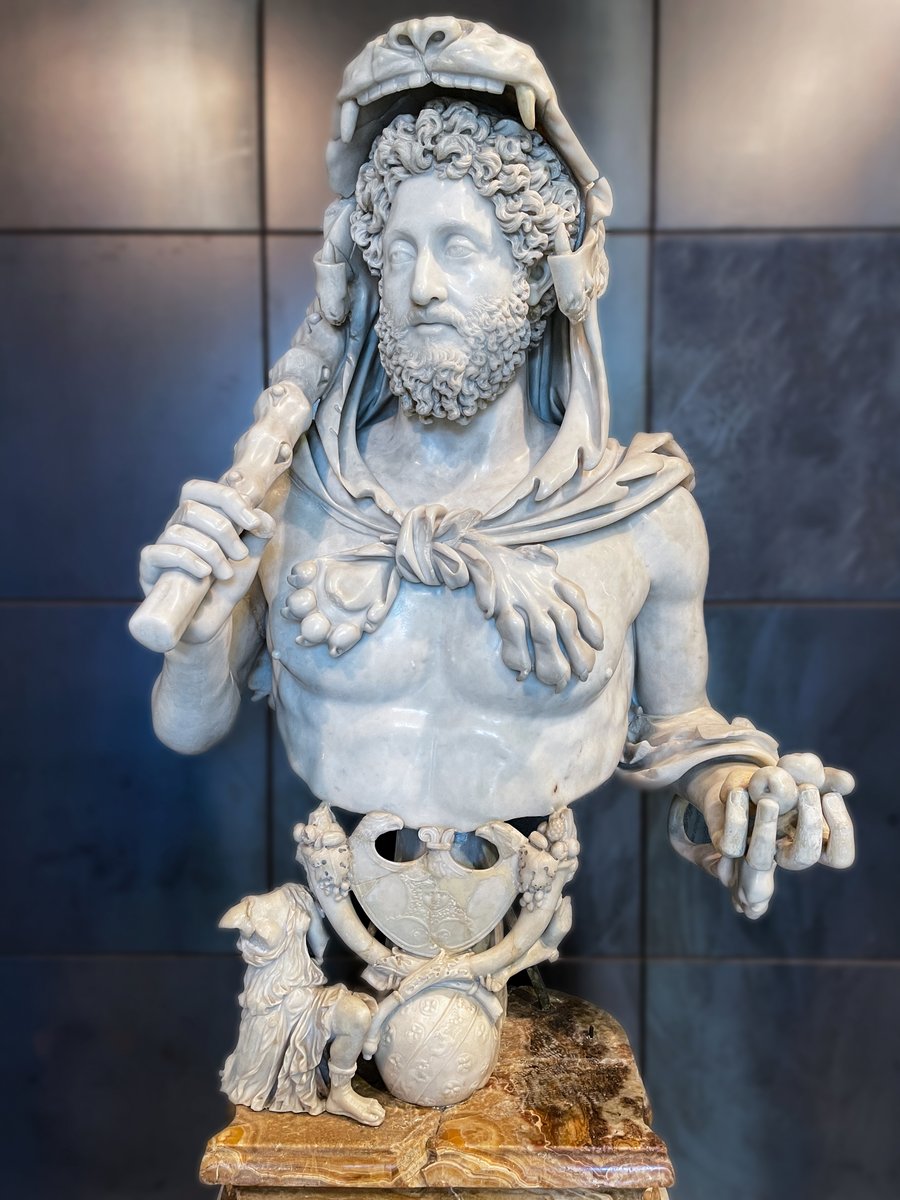1) An ancient Roman-dinosaur-monster-bones thread! Yes you read that right - did you know the Romans were keen fossil hunters, fascinated by the bones of ancient "monsters". Augustus liked to decorate his holiday-villa "not so much with statues and pictures but with..." 
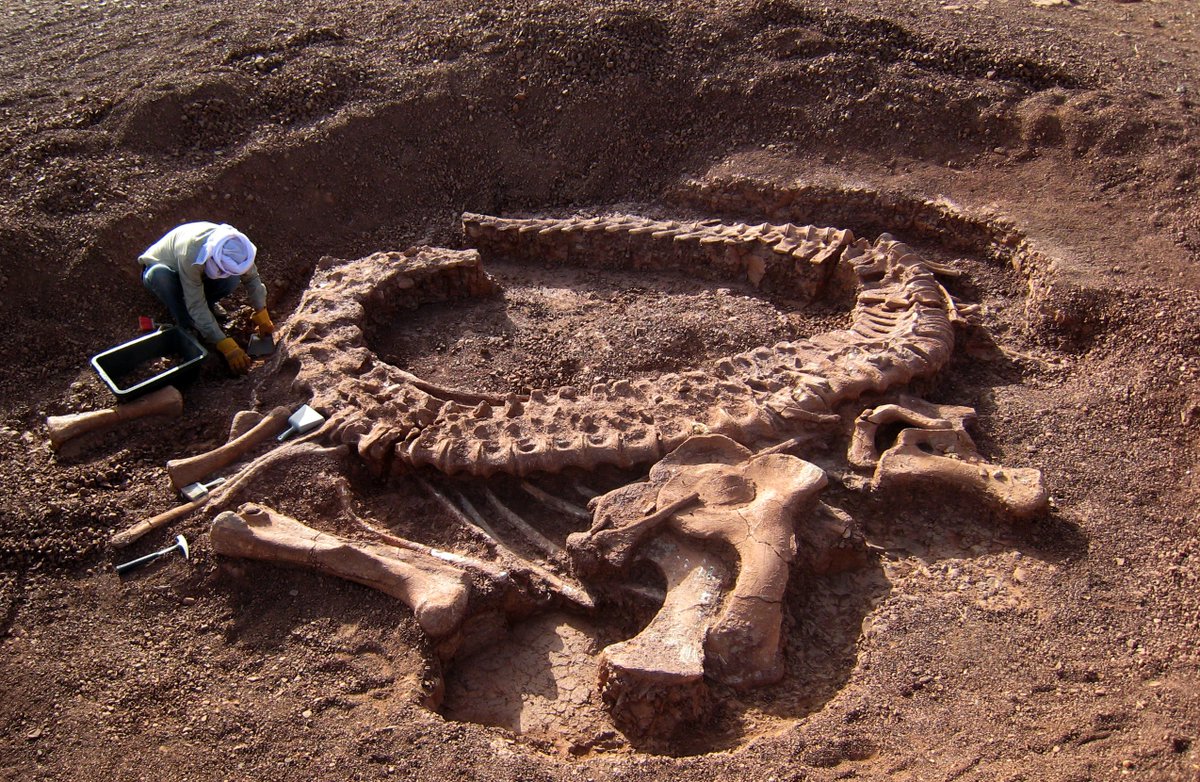
2) "...the bones of monstrous beasts, famed for their antiquity and rarity. He called them the bones of the giants". Later, during the reign of Tiberius an earthquake opened gaps in the earth, exposing fossil remains. The people were too frightened to move the bones but they... 
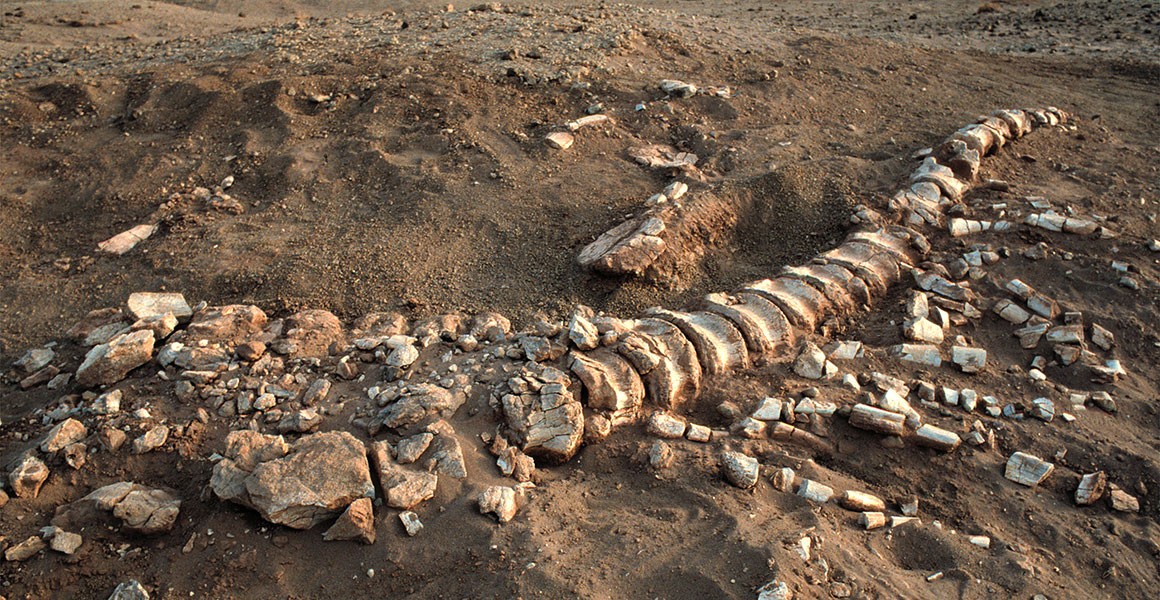
3) ..sent a single tooth to Tiberius in Rome as an example, more than a Roman foot in length! The messengers showed Tiberius the amazing tooth and "asked if he wanted the whole epic skeleton brought to Rome." Tiberius was curious but did not want to rob the bodies of the dead... 
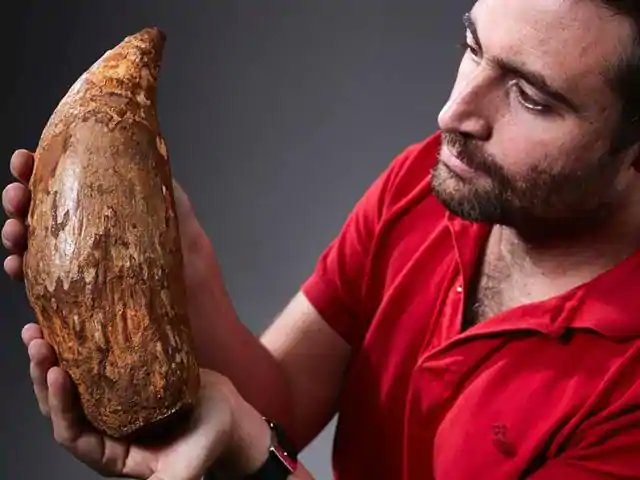
4) Instead he tasked Pulcher, a famous geometrician, with reconstructing the ancient creature. Pulcher worked out the proportions of the monster's whole head and body using just the tooth, made up a replica and eagerly brought it to Tiberius... 

5) When he saw the reconstruction of the monster, Tiberius said he was "quite satisfied" and ordered the tooth be taken back to where it was found. We can only imagine the tooth and model that Pulcher created for the Emperor, but it is possible that... 
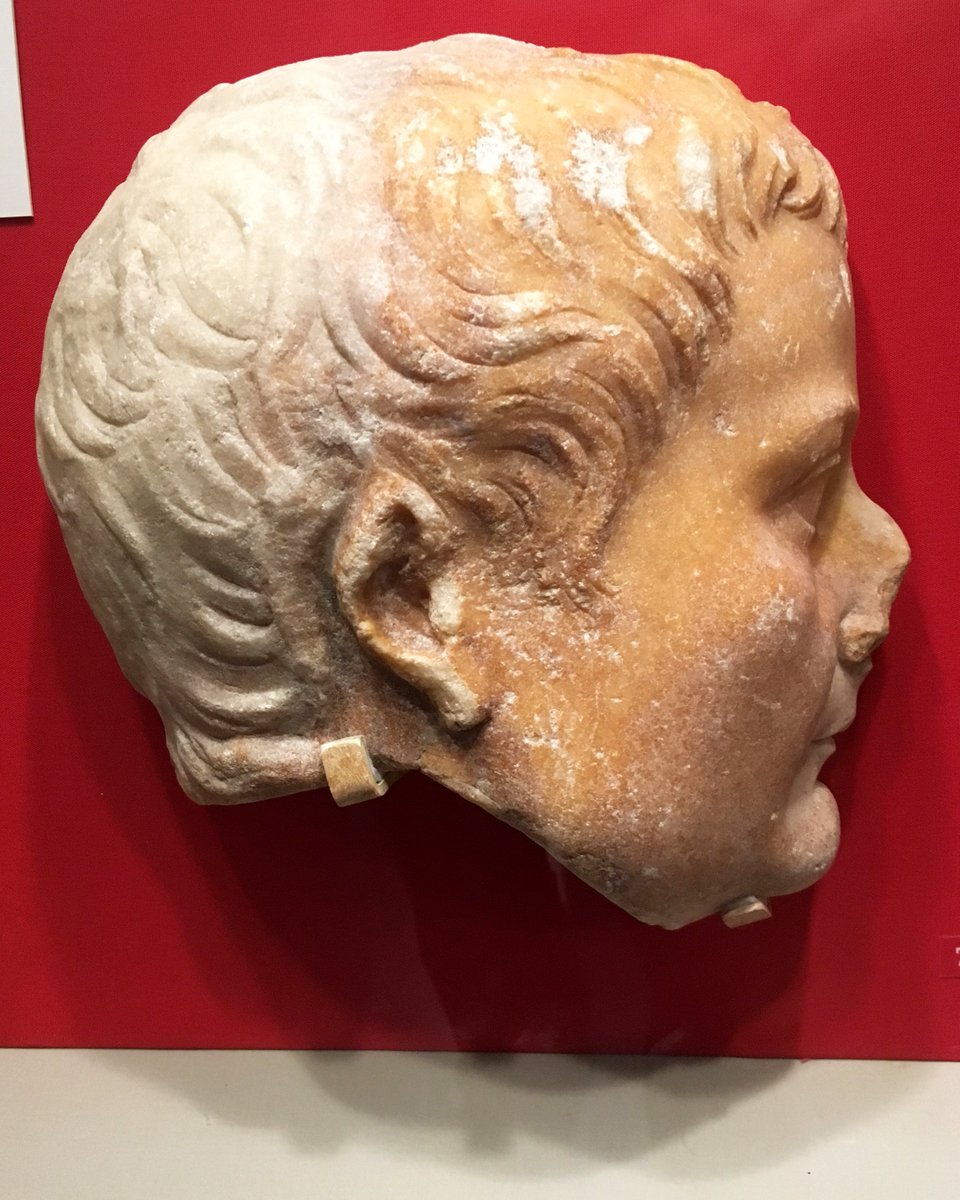
6) ..many such amazing tales had roots in the discovery not of dinosaur, but of mammoth bones, which can be found throughout Europe and North Africa. Some even theorise that myths of the cyclops may derive from mammoth skulls, with their distinctive "one-eyed" skull cavity... 
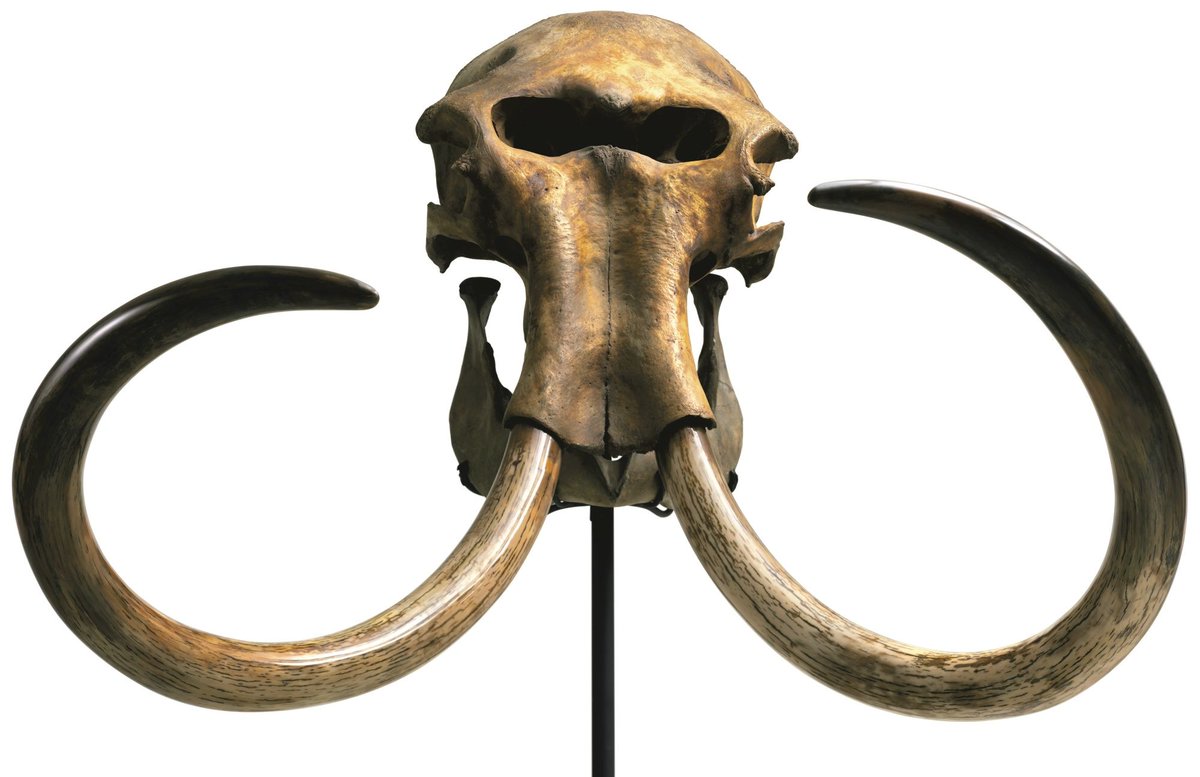
7) Pliny says that in 58 BC, the aedile Marcus Scaurus exhibited in Rome the bones of a giant beast (belua) found at Joppa (modern Jaffa, Israel); forty feet long, with ribs longer than those of an African elephant; perhaps an ancient whale that once inhabited the Mediterranean.. 

8) The early Christian writer, St. Jerome recounts that the Emperor Constantine made a special trip from Constantinople (modern Istanbul) to Antioch, across the entirety of modern Turkey, to view the ancient bones of a "satyr" that had been discovered in a salt-mine! 
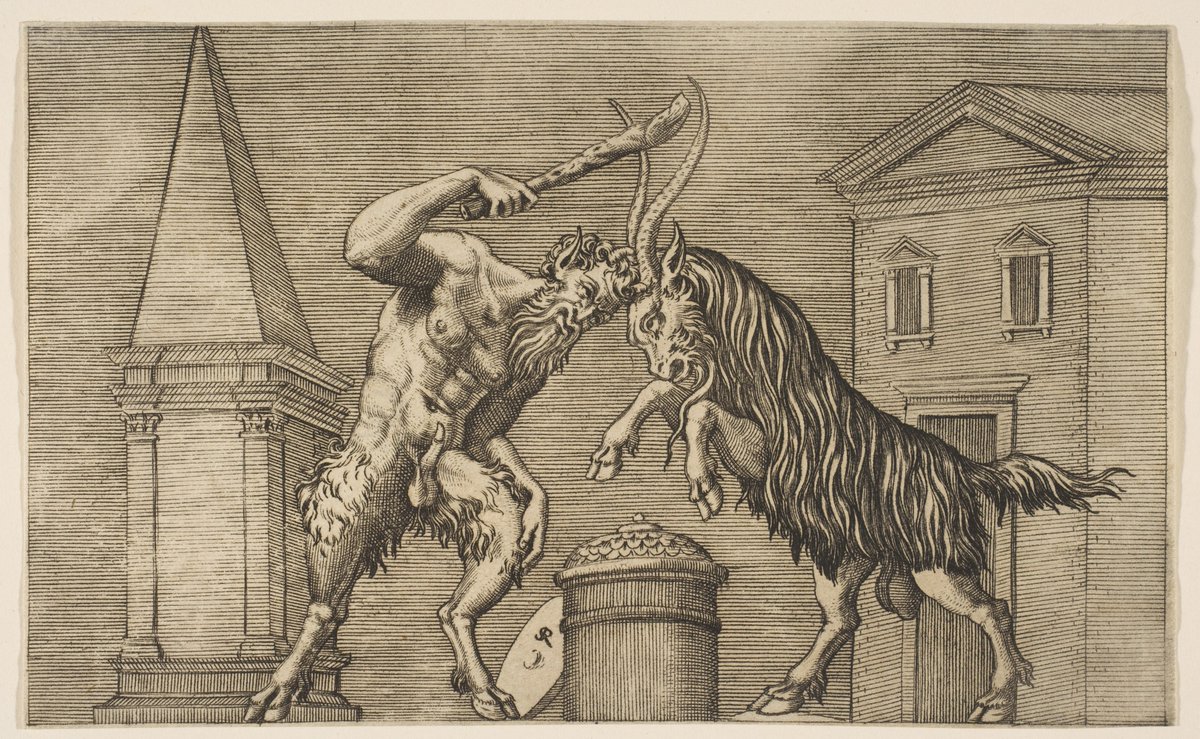
9) This Greek vase depicts the Monster of Troy, but rendered as a fossil skull of a prehistoric animal - perhaps a samotherium. The vase is used on the cover of "The First Fossil Hunters" by Adrienne Mayor - good wider reading for anyone interested in ancient paleontology. (END) 
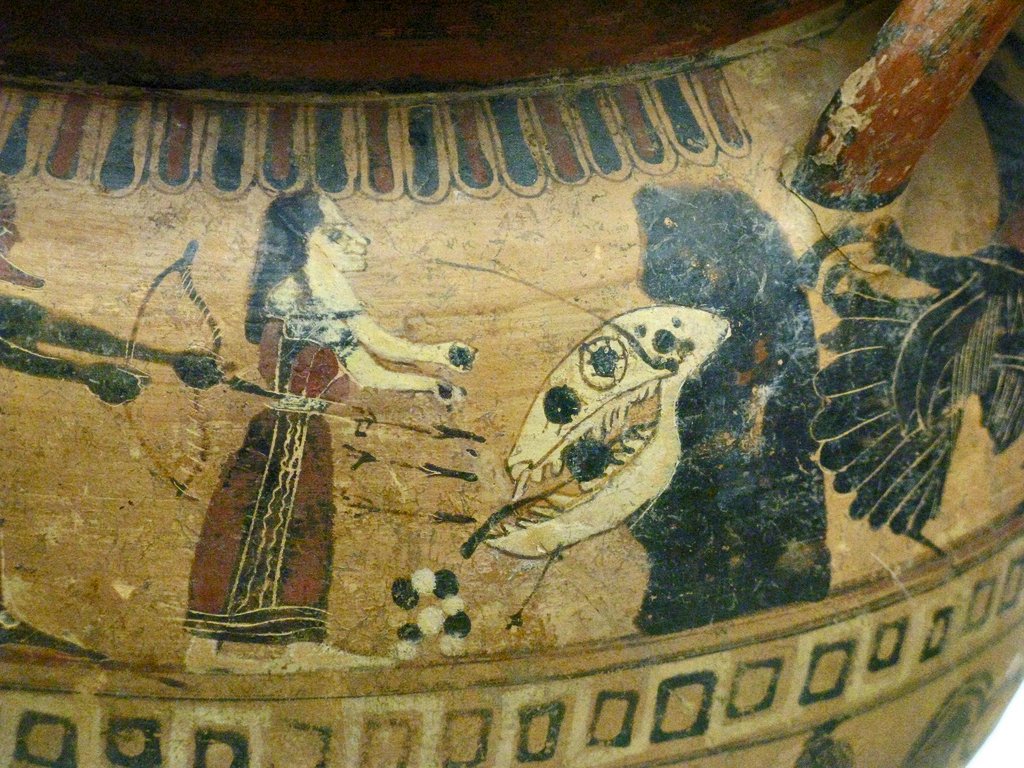
For Augustus’ fossil collection see Suetonius, 72. The story of Tiberius’ monster tooth from Phlegon’s ‘Book of Marvels’. For Scaurus’ monster exhibition see Pliny, Natural History, IX.
• • •
Missing some Tweet in this thread? You can try to
force a refresh









